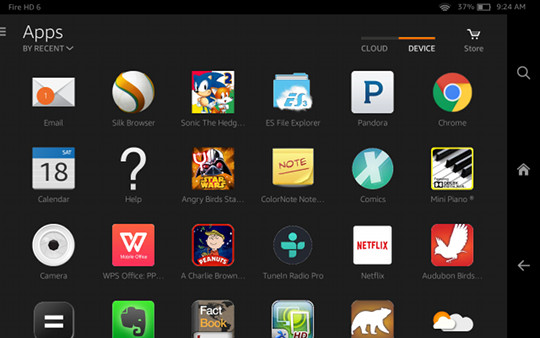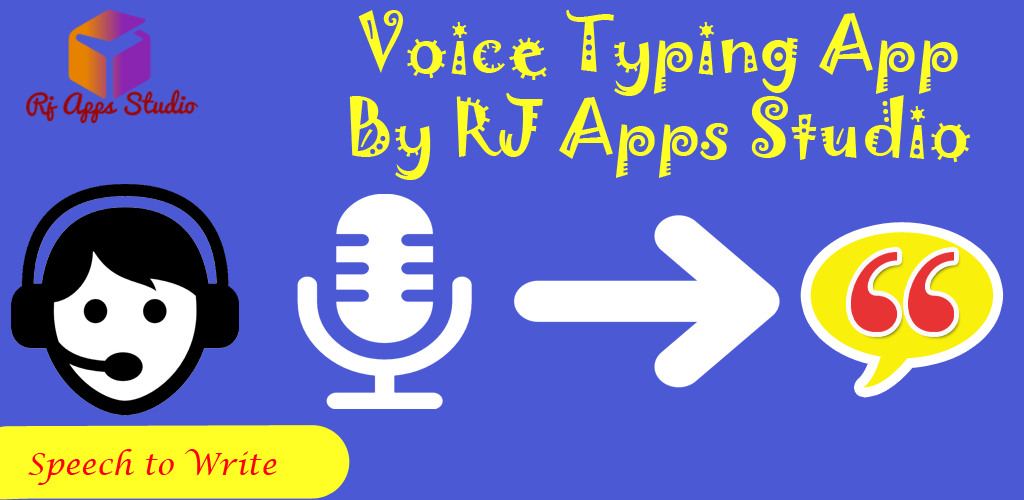
Now, I can speak my thoughts as quickly as they come to me, and see them appearing magically on the screen. Making the switch is a bit like leaving the optician’s with a new set of lenses and suddenly noticing all the fine details that you hadn’t noticed you were missing. It’s common sense when you think about it, but the act of speaking is a far more natural and efficient way of generating words than moving your fingers over a keyboard. After many years of typing, it felt pretty automatic so I didn’t really notice this – but switching to speech recognition has removed an element of friction that I didn’t realise was there. The act of typing was also taking up part of my attention as I wrote. Every so often the dog would have to stop and impatiently retrace its steps, yapping at the owner to speed up. My mind was like an eager dog bounding ahead across the landscape, while my fingers plodded along afterwards, like the dog’s owner. While I was doing that, of course, I was having to keep in check the impulse to follow the train of thought further.

There were many times when I simply couldn’t get the words down quickly enough, and found myself feverishly typing while trying to hold several sentences in my short-term memory.

I’m a pretty fast touch typist, but even so my fingers often struggled to keep pace with my thoughts as I wrote.
Speech to text apps for writers plus#
Now I’m going to focus on the creative side of things, by looking at five benefits of speech recognition for writers – plus two pitfalls you should watch out for. In my last article I reviewed the speech recognition functionality of Dragon NaturallySpeaking.


 0 kommentar(er)
0 kommentar(er)
